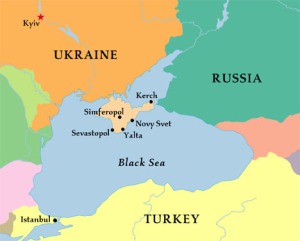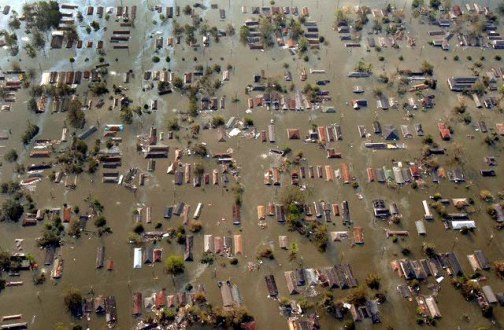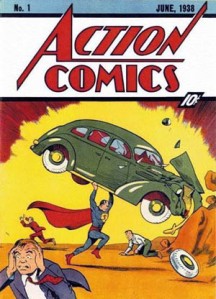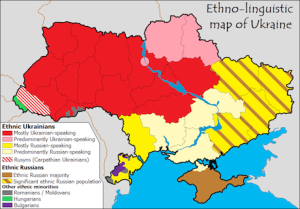 The onset of sanctions between the West and Russia are like the opening moves of chess–and like any chess game the victor will be decided later in the game. To predict who will be in checkmate we must examine the wants and desires of the players on either side of the board. Simply put, what does Putin want 10 moves from Crimea?
The onset of sanctions between the West and Russia are like the opening moves of chess–and like any chess game the victor will be decided later in the game. To predict who will be in checkmate we must examine the wants and desires of the players on either side of the board. Simply put, what does Putin want 10 moves from Crimea?
Putin faces losing Ukraine to the European Union which threatened his long-term dream of the Eurasian Union. Set to launch in 2015 the Eurasian Union was never hollow talk, it was meant to be a genuine alternative to the West for countries bordering Russia. So far only Belarus and Kazakhstan have signed on for the Eurasian Union and this isn’t a strong base on which to build. Belarus is largely subsidized by Russia and oil rich Kazakhstan needs larger markets to grow–enter Russia’s Gazprom. However Ukraine is the second largest economy is the post-Soviet region. More than just an economic power house it is also the birth of the Russian state–in medieval “Kevian Rus” and is still apart of the “Russian world.”
Putin’s opening moves in Ukraine have exposed the ambiguity of his Eurasian Union and threatened it’s future before it began. The Eurasian Union was meant to be an equal partnership between member states where they could pursue political and economic goals and also act as a buffer against Western style liberalism. However, Putin’s blitz in Ukraine has opened Russia to a premature check. Putin has justified his Crimean gambit with a vast but vague “responsibility to protect” doctrine. No one knows if this doctrine will be backed by military force or whom he he intends to protect: ethnic Russians, Russian speakers, anyone that Russian feels needs protecting? This aggression calls into question the equality of the Eurasian partnership and has understandably spooked Russia’s neighbors.
Domestically Putin is playing a dangerous game. Set to leave in 2018 he is attempting to ride on the military paradigm. By stirring a strong sense of nationalism and “anti-westernism” Putin can ride on the approval of the Russian people. Leaders tend to gain favor in war time but this can fade as it did with George W. Bush after Iraq.
The West also has much lose. If the Eurasian Union were to be a success…some thing that would require the joining of Ukraine, Georgia, Azerbaijan, Kyrgyzstan to name a few, it would be a powerful buffer against Western ideals. Spreading democracy, anti-corruption and advocating for LGTBQ rights would become much more difficult if these countries are backed by a larger oppressive union.
In the long game larger military action is unlikely. By the numbers, Russia spends about 9% of the larger NATO budget on military and much of that goes to kickbacks. The U.S. alone spends more than any other country on the planet, but Ukraine does expose some of the weaknesses of the western front, namely the lack of other options. Sanctions could work to place Putin in check but but they will take time to come into effect and in the meantime smaller Russian gas dependent countries like Bulgaria and Slovenia will suffer.













